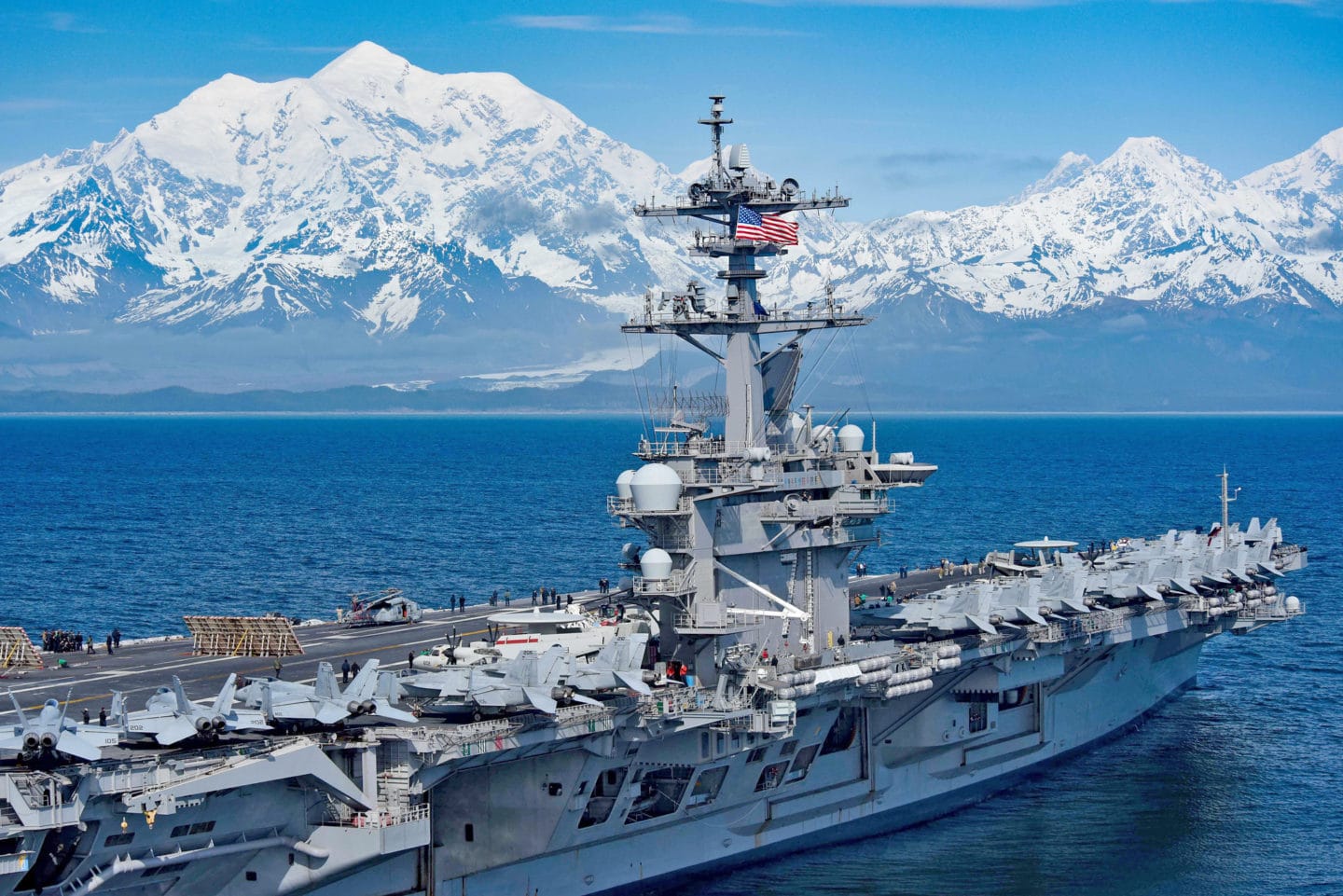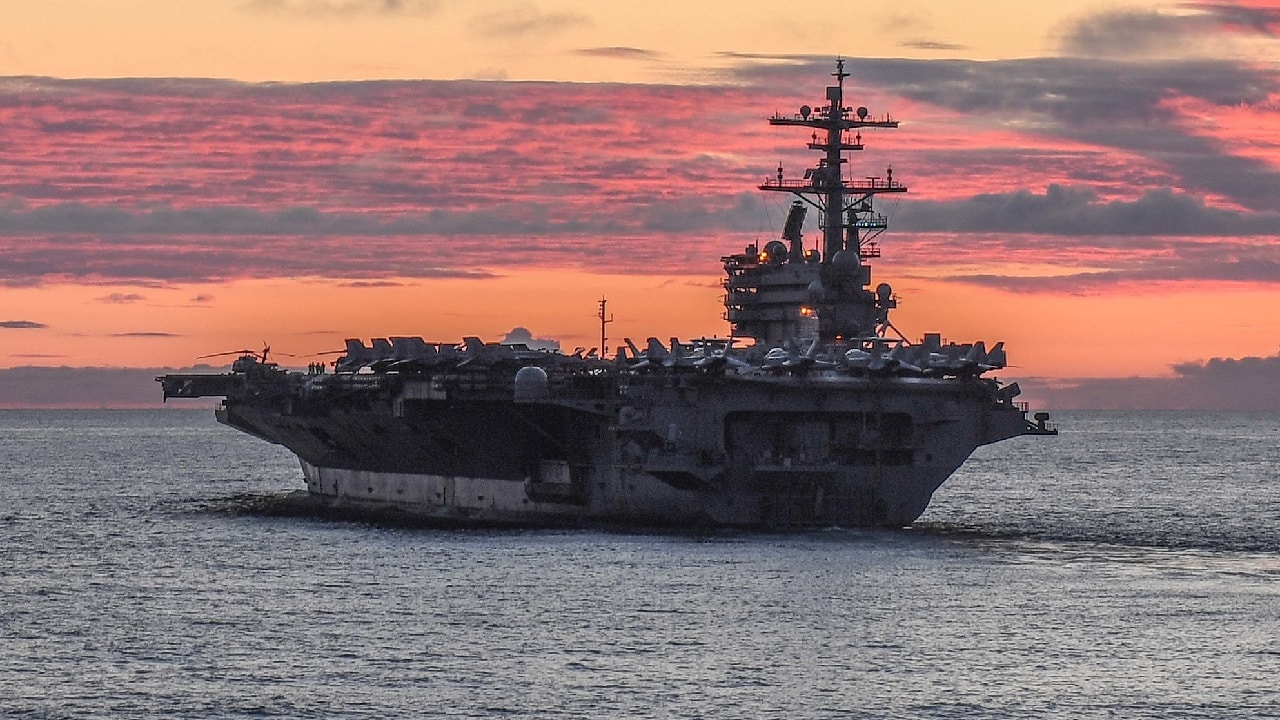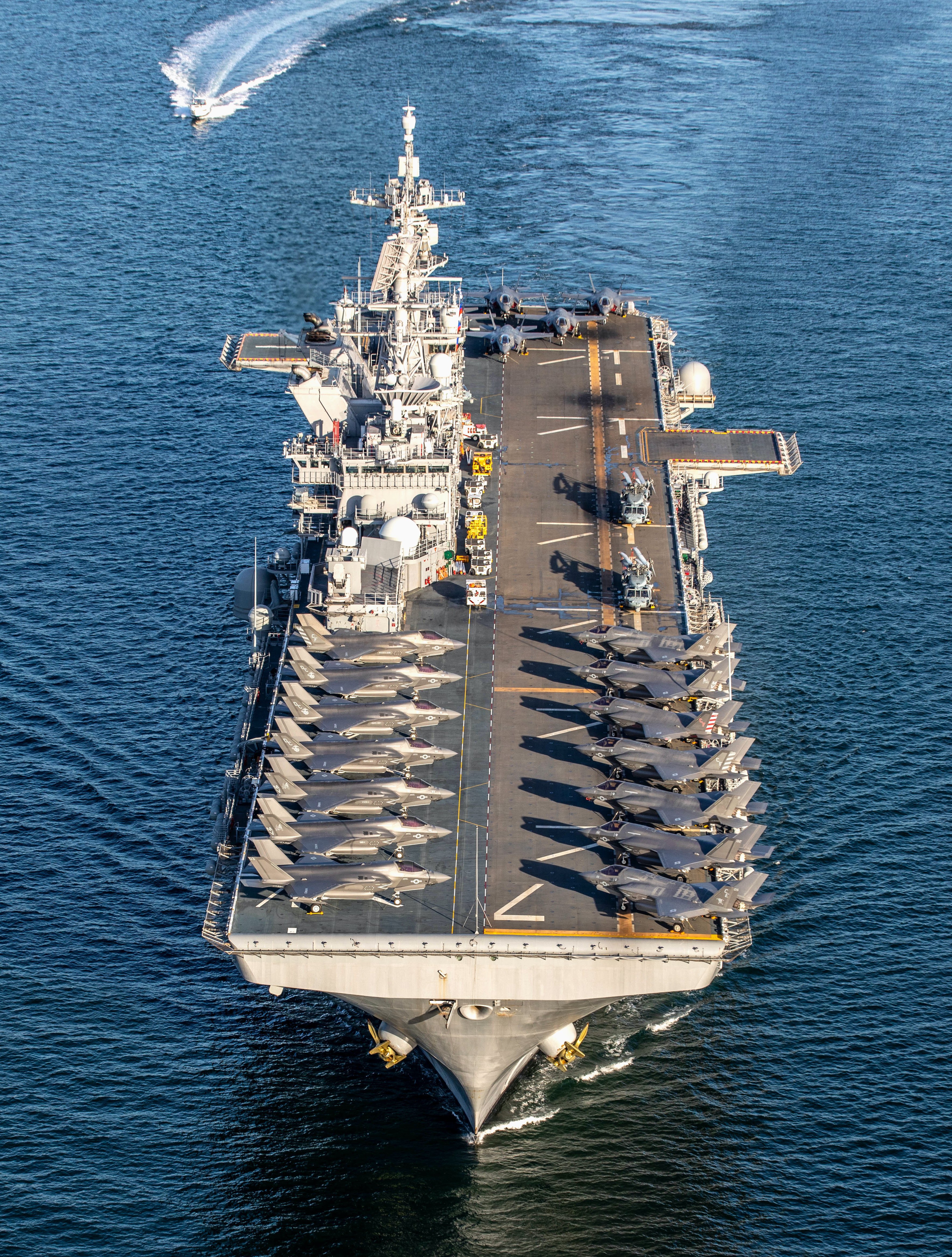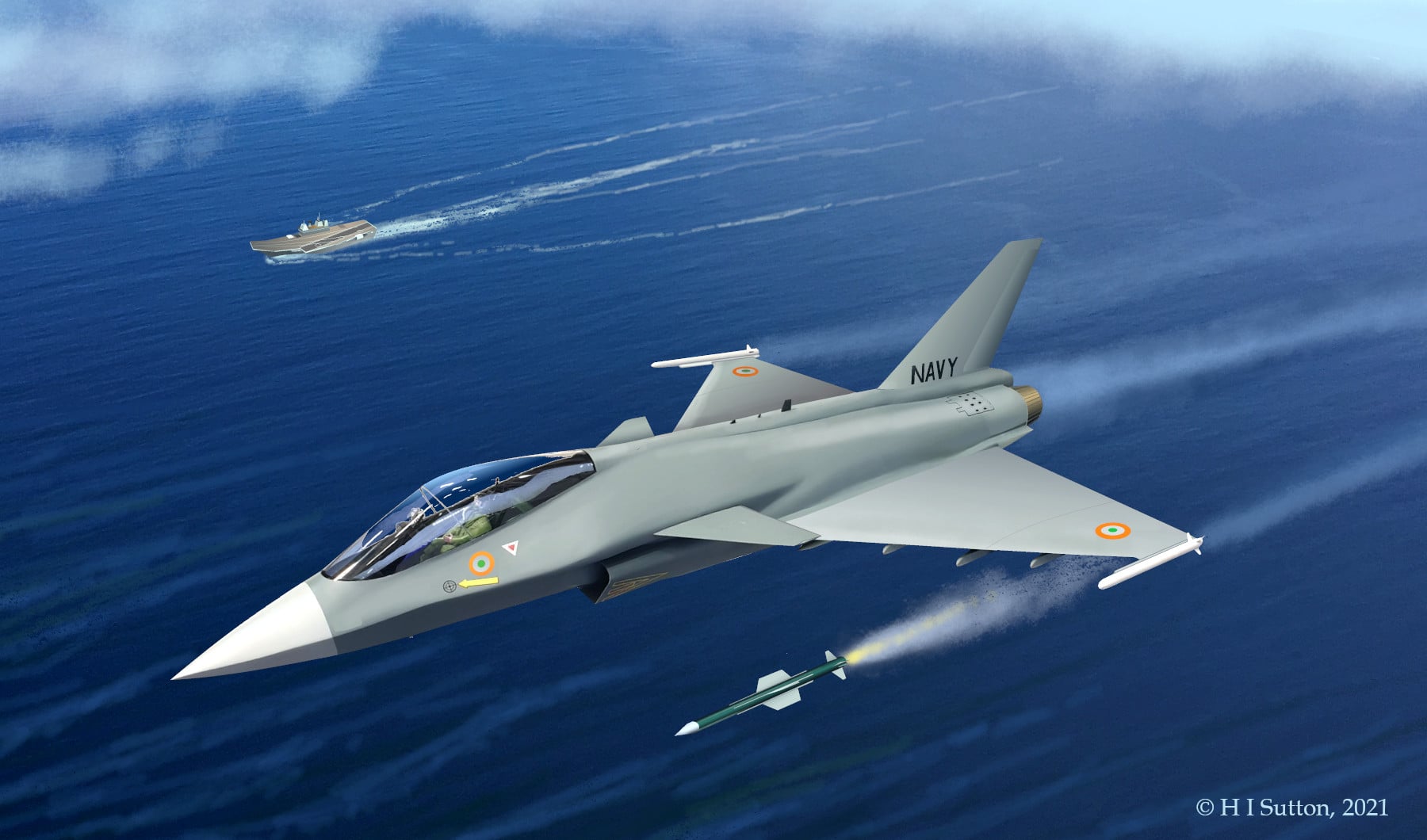Best Navy Aircraft - Designing an aircraft that flies at high speeds and tows heavy weapon loads, yet can take off and land on a short aircraft of a few hundred meters, has always been a huge engineering challenge. Marine-based fighters typically have folding wings for easy storage, sturdy landing gear and landing gear, and are more durable to withstand the wear and tear of operations at sea. All of these literally weigh down the fine design presented by ground fighters.
But since World War II, exceptional carrier-based fighters have repeatedly more than held their own against ground-based adversaries.
Best Navy Aircraft

To qualify for this list, the carrier-fighter in question had to have not only been effective, but also had a significant operational impact. This does not include excellent carrier-based jets such as the Super Hornet or Rafale-M, which have not seen intense combat.
Modern Us Navy Aircraft Carrier Tarmac Sheet For 1:32 Diorama
The aircraft must also be a "fighter" designed for air-to-air operations. This leaves out excellent aircraft such as the SBD Dauntless dive bomber, the A-1 Skyraider, and the A-4 Skyhawk, which were primarily attack aircraft, although they had occasional air-to-air successes.
The A6M Zero was a sleek fighter designed by engineer Jiro Horikoshi for the Imperial Japanese Navy. Weighs less than 4000 kilos. The Zero's 840 horsepower radial engine allowed it to travel a remarkable 1,600 miles on internal fuel, climb above many modern ground fighters at a top speed of 346 miles per hour, and still get it on.
When Japan launched its surprise attack on Pearl Harbor and the Asia and Western Pacific regions, the Zeros, flown by veteran Japanese pilots, proved a terror to Allied fighters such as the Hawker Hurricane and F4F Wildcat, which the Zero surpassed in both speed and maneuverability. Allied pilots spent the first year of the Pacific War developing tactics to cope with the Zero's capabilities.
However, unlike other successful carrier-based fighters, the Zero did not evolve at the same pace as its opponents. Its remarkable performance had been achieved by cutting out almost all armor protection – a design compromise that became increasingly fatal as faster, better armored Allied fighters with heavier armament entered service.
List Of Aircraft Carriers
In 1943, the Grumman F6F Hellcat ended the Zero's dominance by shooting down hundreds of Japanese aircraft in dogfights such as the Great Marianas Turkey Shoot.
But the Hellcat itself could withstand the even more powerful F4U Corsair. The Corsair is known for its unique gullwing design, but the difficulty of landing the "Hogs" caused the Navy to delay its introduction - so the Marine Corps ditched them. The Corsair quickly proved so successful that it was adopted by both the US and Royal Navies.
The Corsair's powerful Double Wasp engine made it fast and deadly, achieving an 11:1 kill ratio against Japanese fighters who dubbed it the "Whistling Death". It played an important role in intercepting Kamikaze attacks and providing ground support to Marines on Iwo Jima and Okinawa with napalm canisters and high-velocity rockets.

It should be noted that Corsair's career was just beginning. By the 1950s, Corsairs were back in action over Korea and French-occupied Vietnam, and were used mainly in ground attack roles. However, radar-equipped Corsair night fighters shot down the North Korean night raiders. Corsair pilot Guy Bordelon was only Korean War Navy, and the Corsair even shot down a MiG-15 jet.
Need For Speed: The Most Iconic Jets And Planes Of 'top Gun'
The Corsair's combat career came to a violent end in July 1969 when Honduras was attacked by El Salvador over a lost soccer match. Corsairs were used by both sides, and a Honduran F4U pilot shot down two Salvadoran Corsairs and a P-51 before the four-day war ended.
The Panther was the first jet to be successfully integrated into the US Navy's long-range service air wing. Painted inky blue and packed with four twenty-millimeter cannons, the sleek jet flew hundreds of raids during the Korean War. The dangerous role is immortalized in the movie The Bridges at Toko-Ri. It is probably the first jet-on-jet incident in history when a MiG-15 was shot down on November 9, 1950.
Although both had similar turbojets based on the Rolls Royce Nene, the straight-wing F9F could only reach 620 mph, compared to the MiG-15's 670 mph. However, that didn't stop a lone F9F pilot from downing four Soviet MiG-15s in a whirlwind dogfight over the Sea of Japan in 1952. Like the best naval fighters, the F9F gracefully evolved over time and became more advanced. -sweeping model known as "Cougars".
There have been several variations of the Harrier made by different manufacturers, but their basic appeal was always the same: their vector-controlled turbofans allowed them to take off and land vertically like a helicopter from the deck of a small amphibious aircraft or the deck of a remote carriage. base. traditional runways are missing.
U.s. Navy Aviation Boatswain's Mate Launch
However, this ability came at a price. Despite their air-to-air capability, Harriers were solidly slower jets that would be at a serious disadvantage in combat with modern supersonic fighters. Additionally, the intricacy of its VTOL engines has given the Harrier a very high accident rate.
Nevertheless, the Harrier makes the list because its capabilities had a decisive influence on the outcome of the Falklands War. In addition to twenty-eight carrier BAe Sea Harriers, Great Britain hastily converted container ships to carry fourteen land-based Royal Air Force Hawker Harriers. Together, these Royal Navy ships escorted and struck Argentine land targets.
Argentina threw dozens of attack aircraft at the British fleet, which was at the far end of their range. Although they may have been an equal match against the Harrier, the Argentinian pilots followed orders to press the attack only against the British ships - no doubt a mistake. The Harrier managed to shoot down about twenty Argentine fighters with AIM-L Sidewinder missiles. Argentine pilots suffered heavy losses while still sinking several ships. But without the Harriers' deterrents, the damage would probably have been much greater.

AV-8 Harriers manufactured by McDonnell Douglas also performed well in combat over Afghanistan and Iraq and are still in service with the US Marine Corps and the Spanish and Italian navies. They will be replaced by the F-35B jump jets, which, despite considerable infancy and cost concerns, promise a huge improvement with supersonic flight capabilities, stealth capabilities and advanced avionics.
Let Carriers Do What They Do Best
The F-4 Phantom was a monstrous fighter powered by two huge J79 jets that could propel it at over twice the speed of sound. A rare example of a design successfully used by all three branches of the US military, the two-seat Phantom could detect opponents and engage them with long-range missiles using a nose-mounted radar, and could also carry a heavier bomb load than the world. WWII B-17 bomber.
The Phantom often gets bad praise for the difficulties it faced in combat against MiGs over Vietnam, related to its poorer maneuverability and the ineffectiveness of air-to-air missiles of the time. The Navy responded to these problems by establishing the "Top Gun" school, which trained pilots in air combat maneuver theory. Navy Phantom pilots claimed that forty MiGs were shot down to just seven Phantoms losing in air-to-air combat. Later F-4J and F-4S models used by the Navy included wing slats, which greatly improved maneuverability and landing ability, but at the expense of speed.
Despite its shortcomings, the Phantom proved that you could combine speed, heavy payload, advanced sensors and (eventually) decent agility in a large aircraft. This principle informs modern fourth-generation jets, such as the FA-18E/ currently in use. F Super Hornet.
The famous Grumman F-14 Tomcat from Top Gun was truly an amazing fighter. However, the Tomcat saw most of its action as a ground fighter in the service of the Iranian Air Force.
E 2c Hawkeye
Sébastien Roblin has a master's degree in conflict resolution from Georgetown University and worked as a university instructor in the Peace Corps in China. He has also worked in education, editing and refugee resettlement in France and the United States. He currently writes about security and military history in War Is Boring magazine. Today, there are well under 1,000 aircraft carrier fighters in service worldwide. Since the 2015 World Carrier Ranking, there have been major changes. India's Sea Harrier force was retired in 2016, and the following year Brazil decommissioned its only aircraft carrier
Marking the end of transport service for the iconic A-4 "Scooter", the type that first flew in 1954! While France and the US are early adopters of future carrier-based fighters, the US F-35C and India's Tejas fleet should be the next carrier-based fighter aircraft to receive full service in the near future. Meanwhile, Sweden's Gripen Maritime has yet to receive an order. Here are ten of the world's most powerful (and only) carrier-based fighters.
It's a bit of a cheat to let the HAL Tejas Navy in as it doesn't seem to be very close to operational deployment, but with the loss of the Brazilian Skyhawks and Indian Sea Harriers we needed it to make the top 10! This marine version of the largely indigenous Indian aircraft has proven controversial and overweight, and has been criticized by observers around the world for its modest performance and problematic development. However, it is a major step forward for the Indian defense sector, offering a comprehensive suite of avionics and sensors. Compatibility tests with operators

Navy fighter aircraft, us navy aircraft, navy aircraft photos, navy aircraft models, navy new aircraft carrier, navy aircraft carriers, lego navy aircraft carrier, us navy fighter aircraft, navy p8 aircraft, us navy aircraft carriers, navy aircraft pictures, navy aircraft maintenance
0 Comments